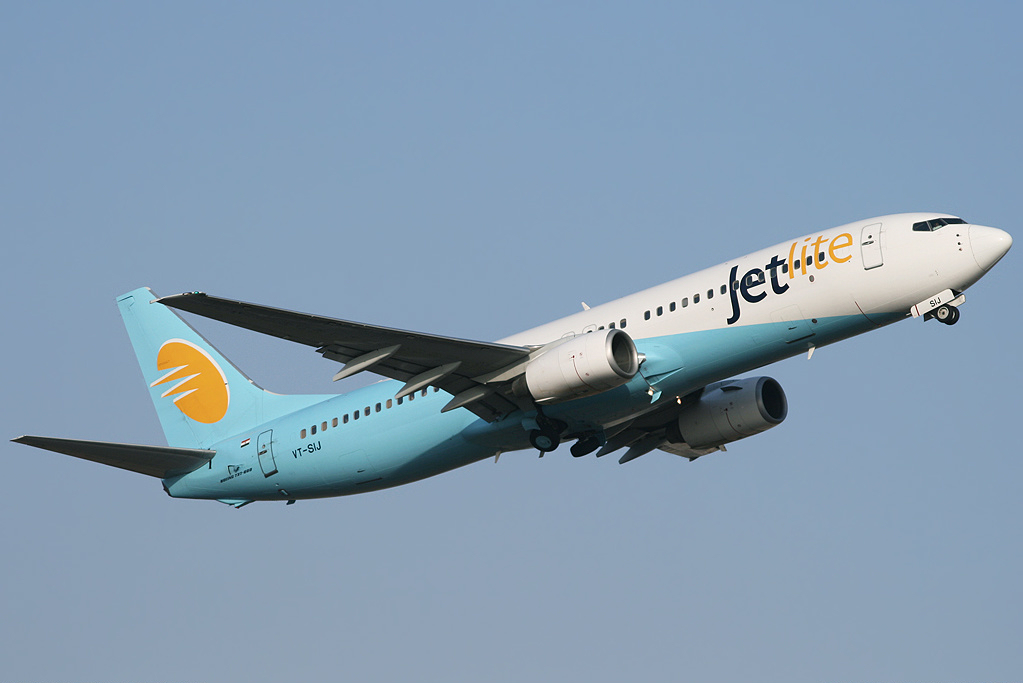Aviation
Top 10 Airlines in India 2015
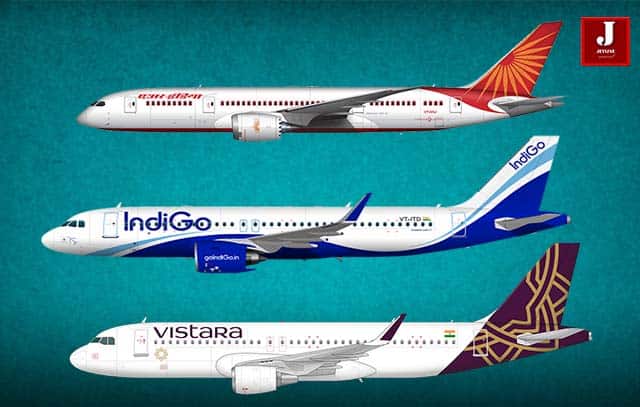
India is one of the fastest growing aviation markets in the world. It has caused high competition to airline Industry. As by the DGCA Traffic data and No of Passengers carried by domestic airlines during Jan-Aug 2015 were 523.55 lakhs as against 433.24 lakhs during the corresponding period of previous year thereby registering a growth of 20.84%. There are scads of private airlines increased their presence in India by ordering new fleets and destinations. We have amassed a list of the largest airlines in India, according to market share.
1. Indigo Airlines
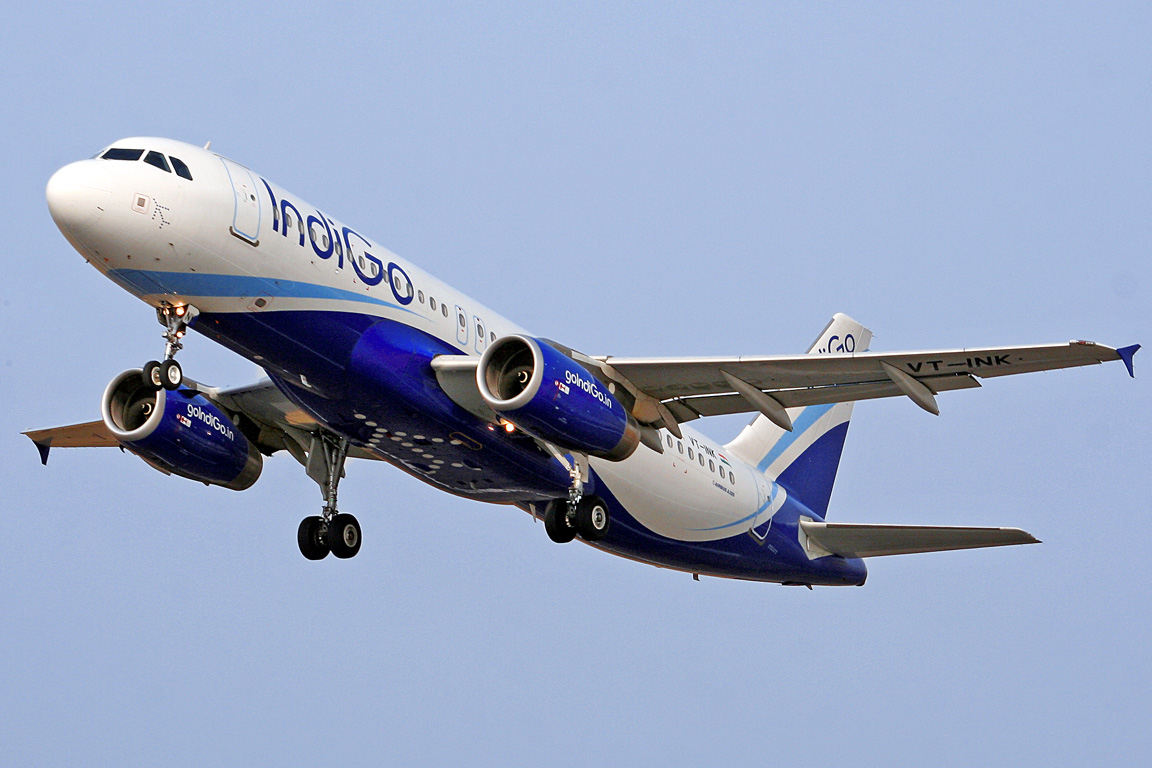
IndiGo Airline is an Indian Low-cost airline company headquartered at Gurgaon, India. The airline offers more than 633 daily flights connecting to 38 destinations including 5 international destinations with its primary hub at Indira Gandhi International Airport, New Delhi. It presently operates a fleet of 97 aircraft belonging to the Airbus A320 family. In 2014, IndiGo carried 21.4 million passengers in the domestic sector.
Total Market Share : 38.5%
- Fleet size : 97
- Passenger Load factors : 76.8%
- Cancellation Rate: 0.10%
- Passenger Complaints in average :0.7 % (No. of Complaints/10,000 Pax)
On-Time Performance (Scheduled Domestic Airlines):
- BLR : 90.0%
- DEL : 88.8%
- HYD : 85.0%
- BOM : 69.2%
2. Jet Airways
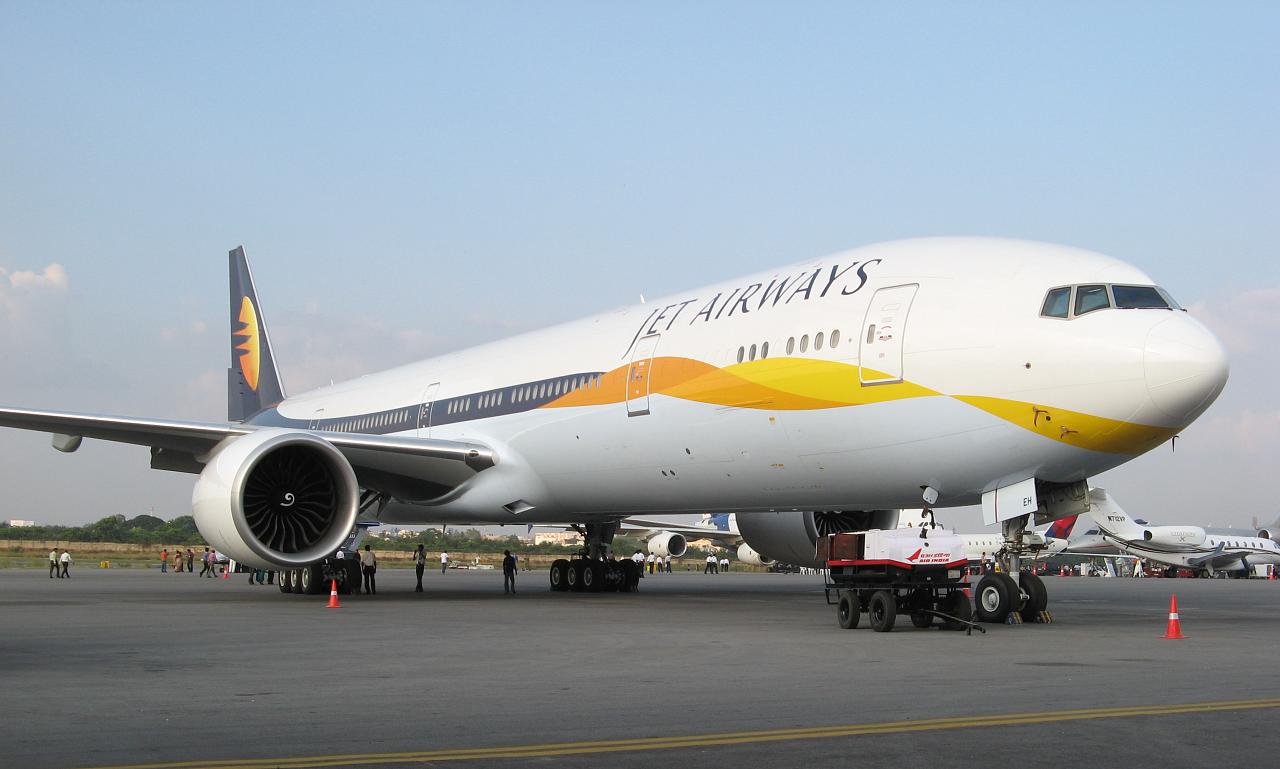
Jet Airways is a major Indian airline based in Mumbai. It is the second largest airline in India, both in terms of market share and passengers carried, after IndiGo. It operates over 300 flights daily to 74 destinations worldwide. Its main hub is Mumbai, with secondary hubs at Delhi, Kolkata, Chennai, Bengaluru, Jet Airways serves 47 domestic destinations and 22 international destinations, a total of 69 in 19 countries across Asia, Europe and North America.
Total Market Share : 19.8%
- Fleet size : 116
- Passenger Load factors : 80.8%
- Cancellations : 0.96%
- Passenger Complaints in average : 1.4 % (No. of Complaints/10,000 Pax)
On-Time Performance (Scheduled Domestic Airlines):
- BLR : 89.6%
- DEL :87.6%
- HYD :85.6%
- BOM :82.7%
3. Air India

Air India is the flag carrier airline of India owned by Air India Limited (AIL), a Government of India enterprise. It is the third largest airline in India (after IndiGo and Jet Airways) in domestic market share, and operates a fleet ofAirbus and Boeing aircraft serving various domestic and international airports. It is headquartered at the Indian Airlines House in New Delhi
Total Market Share : 16.4%
- Fleet Size : 108 (excluding subsidiaries)
- Passenger Load factors :79.3%
- Cancellations : 1.20%
- Passenger Complaints (average) :1.7 % (No. of Complaints/10,000 Pax)
On-Time Performance (Scheduled Domestic Airlines ):
- BLR :83.4 %
- DEL :79.4 %
- HYD :78.6%
- BOM :68.2%
4.Spice Jet
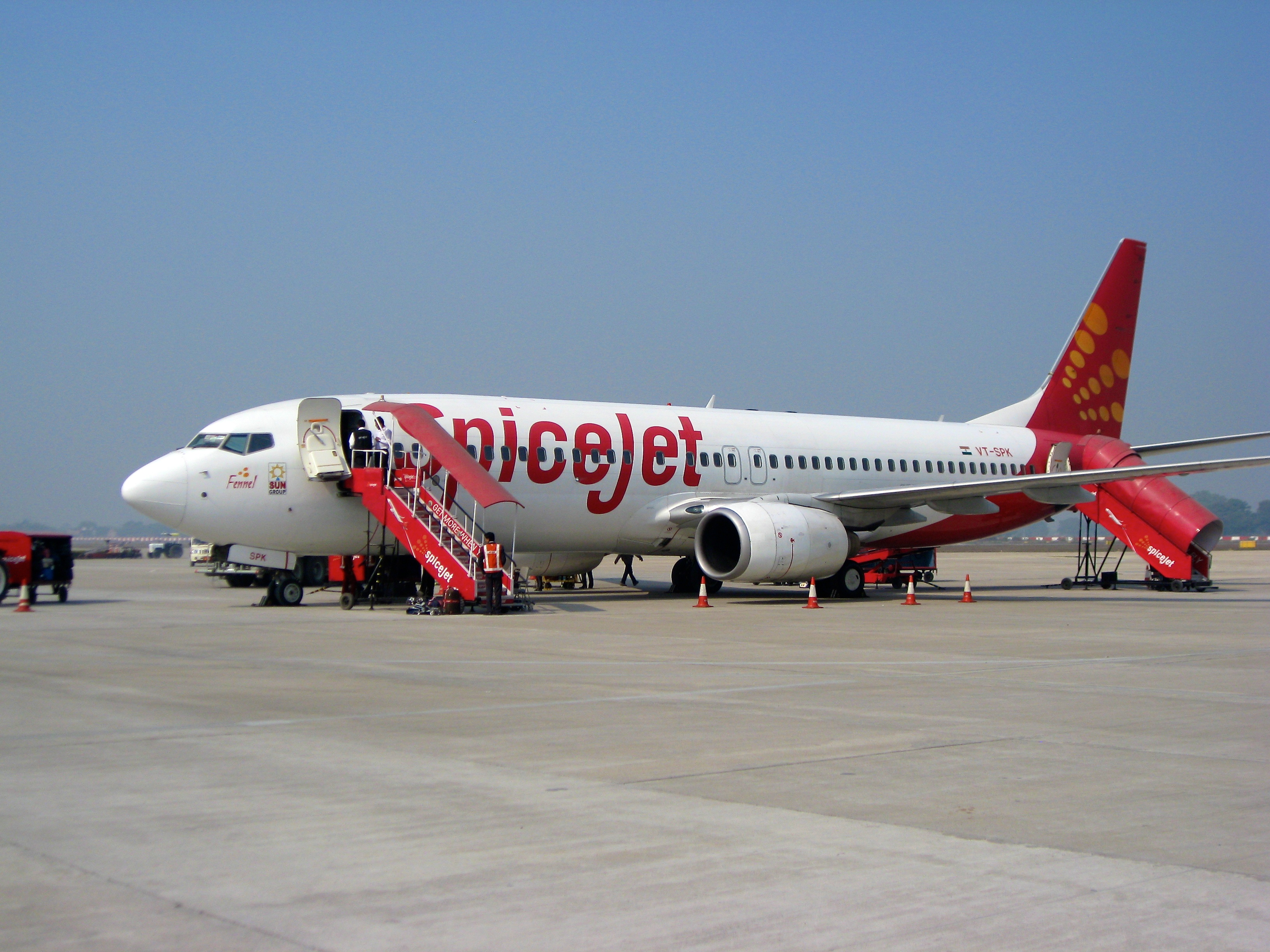
SpiceJet is an Indian low-cost airline headquartered in Gurgaon, India. It is the country’s fourth largest airline by number of passenger carried with market share of 12.3% as of July 2015. The airline operates more than 270 daily flights to 41 destinations, including 34 Indian and 7 international cities
Total Market Share : 12.3%
- Fleet size : 34
- Passenger Load factors : 92.1%
- Cancellations :0.70%
- Passenger Complaints (average ) :1.4% (No. of Complaints/10,000 Pax)
On-Time Performance (Scheduled Domestic Airlines):
- BLR : 81.3%
- DEL :77.4%
- HYD : 76.9%
- BOM : 71.4%
5. Go Air

GoAir is an Indian Low cost carrier based in Mumbai. It commenced operations in November 2005. It is the aviation foray of the Wadia Group. As of January 2014, it is the fifth largest airline in India by market share. It operates domestic passenger services to 22 cities with over 140 daily flights and approximately 975 weekly flights. Its hubs are atChhatrapati Shivaji International Airport, Mumbai
Total Market Share :8.2%
- Fleet size : 19
- Passenger Load factors :75.6%
- Cancellations : 0.44%
- Passenger Complaints (Average ): 1.3%(No. of Complaints/10,000 Pax)
On-Time Performance (Scheduled Domestic Airlines):
- BLR : 85.6%
- DEL : 90.1%
- BOM : 76.9%
6.Jetlite
JetKonnect, is a low-cost brand of Jet Airways an airine based in Mumbai, India. owned by Jet Airways. It was originally their low-cost subsidiary called Jetlite, but started using the name JetKonnect after merging with Jet Airways’ other inhouse low cost brand in 2012. It is currently undergoing a process of integration with Jet Airways and flies for them as code share i.e. Jet Airways flights operated by JetKonnect, till the two are merged completely. All ground and onboard services are as on Jet Airways, and aircraft are being repainted in its livery.
Total Market Share : 3.0%
- Fleet size : 9
- Passenger Load factors :78.7%
- Cancellations :0.44%
- Passenger Complaints (Average ): 1.4%(No. of Complaints/10,000 Pax)
On-Time Performance (Scheduled Domestic Airlines):
- BLR :89.6%
- DEL :87.6%
- HYD :85.6%
- BOM :82.7%
7.Air Asia
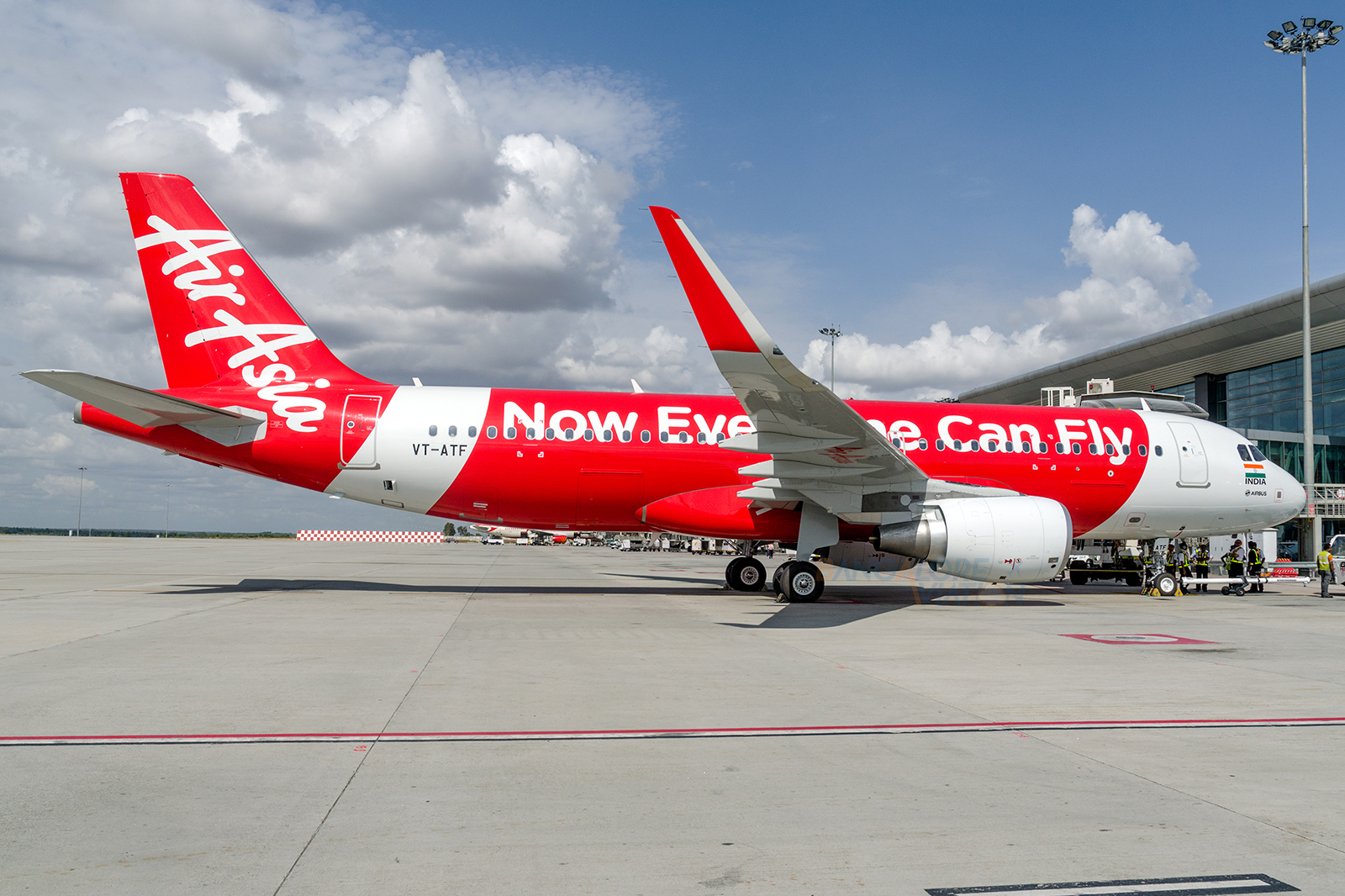
AirAsia India is an Indo-Malaysian low cost carrier headquartered in Chennai, India. The airline is a joint venture with Air Asia Berhad holding 49% of the airline, Tata Sons holding 40.06% and Telestra Tradeplace having the remaining 10% in the airline. The joint venture would also mark Tata’s return to aviation industry after 60 years. Air Asia India commenced operations on 12 June 2014 with Bangalore as its primary hub.AirAsia is the first foreign airline to set up a subsidiary in India
About Airline :
Total Market Share : 1.4%
- Fleet size : 5
- Passenger Load factors : 72.1%
- Cancellations : 0.0%
- Passenger Complaints (Average): 1.0% (No. of Complaints/10,000 Pax)
8. Vistara
Vistara is an Indian airline based in Gurgaon with its hub at Delhi-Indira Gandhi International Airport. The carrier, a joint venture between Tata Sons and Singapore Airlines, commenced operations on 9 January 2015 with its inaugural flight between Delhi and Mumbai and had carried a total of 500,000 passengers by August 2015. As of September 2015, the airline operates 251 weekly scheduled passenger services across 10 domestic destinations within India with a fleet of 6 Airbus A320-232 aircraft. Vistara was the first airline to introduce premium economy seats on domestic routes in India
Total Market Share : 1.3%
- Fleet size : 7
- Passenger Load factors : 62.9%
- Cancellations : 0.19%
- Passenger Complaints (Average): 0.2% (No. of Complaints/10,000 Pax)
9.Air Costa

Air Costa is an Indian regional airline based in Vijayawada, Andhra Pradesh. The first flight was on October 2013, fromChennai which is one of their main operating and maintenance hubs. It is part of the LEPL Group, a Vijayawada-based company, and has started with 300 employees including expatriate pilots and engineers and commenced scheduled operations in October 2013 using two Embraer E-170 aircraft.
Total Market Share : 1.0%
- Fleet size : 4 (+50 on order)
- Passenger Load factors : 77.3 %
- Cancellations : 0.79%
- Passenger Complaints (Average): 0.8 % (No. of Complaints/10,000 Pax)
10. Air Pegasus

Air Pegasus is an Indian regional airline based in Bangalore, India. The airline, subsidiary of Decor Aviation, an aircraft ground-handling services company, commenced operations on 12 April 2015 with its inaugural flight between Bangalore and Hubli. As of September 2015 Air Pegasus serves 6 airports across South India from its main hub atKempegowda International Airport in Bangalore with a fleet of 2 ATR 72-500 aircraft
Total Market Share : 0.2%
- Fleet size : 2
- Passenger Load factors :77.1 %
- Cancellations : 5.81%
- Passenger Complaints (Average): 1.4 % (No. of Complaints/10,000 Pax)
Report courtesy : DGCA (Directorate General of Civil Aviation), India
Presented by : Jetline Marvel
Liked it ..!?
Share with your friends and family.

Airlines
US DOT says Airlines must now pay automatic refunds for cancelled flights
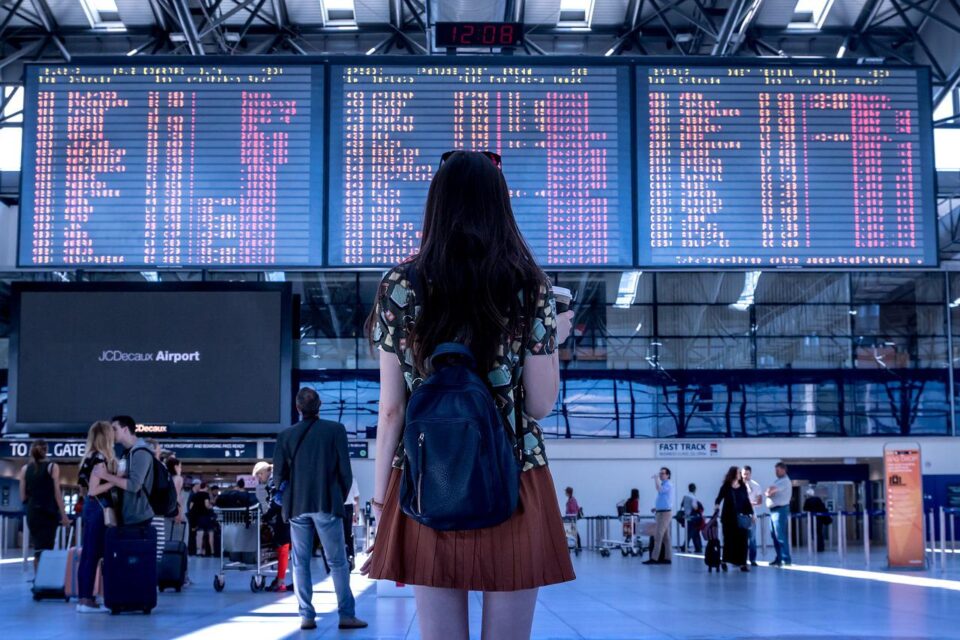
The U.S. Department of Transportation (DOT) has released a final regulation requiring airlines to quickly reimburse passengers with automatic cash refunds when owed, according to a statement made by the Biden-Harris Administration.
Under the new regulation, passengers will find it easier to get refunds when airlines dramatically alter or cancel flights, cause severe delays for checked baggage, or don’t supply the additional services they paid for.
According to a statement from the Biden-Harris Administration, the U.S. Department of Transportation (DOT) has published a final rule mandating airlines to promptly compensate customers with automatic cash refunds when they are eligible. The new rule would make it simpler for customers to receive refunds from airlines in cases when they drastically change or cancel flights, cause significant delays for checked luggage, or fail to provide the extra services they charged for.
Under the latest rule from the USDOT, passengers are guaranteed refunds in several scenarios:
- Canceled or Significantly Changed Flights: Passengers are entitled to refunds if their flight is canceled or significantly altered, including changes in departure or arrival times exceeding 3 hours domestically or 6 hours internationally, departures or arrivals from different airports, increased connections, downgrades in service class, or changes less accommodating to passengers with disabilities.
- Delayed Baggage Return: Passengers filing mishandled baggage reports can claim a refund for checked bag fees if their luggage is not returned within specific timeframes after flight arrival.
- Unprovided Extra Services: If airlines fail to deliver paid extra services like Wi-Fi, seat selection, or inflight entertainment, passengers can request refunds for those fees.
The final rule streamlines the refund process, ensuring it is:
- Automatic: Refunds are issued automatically without requiring passengers to request them.
- Prompt: Airlines must refund credit card purchases within seven business days and other payment methods within 20 calendar days.
- In Original Form of Payment: Refunds are provided in the original payment method used for purchase.
- Full Amount: Passengers receive full refunds minus the value of any portion of transportation already used, including government and airline fees.
Suggest banning family seating junk fees and ensuring that parents can travel with their kids at no additional cost. No airline promised to ensure fee-free family seating prior to efforts from President Biden and Secretary Buttigieg last year. Family seating is now guaranteed free of charge on four airlines, and the Department is working on a plan to eliminate family seating junk fees.
Propose to make passenger compensation and amenities mandatory so that travelers are taken care of when airlines cause flight delays or cancellations.
Airlines
The Nine Freedoms of the Air – Jetline Marvel
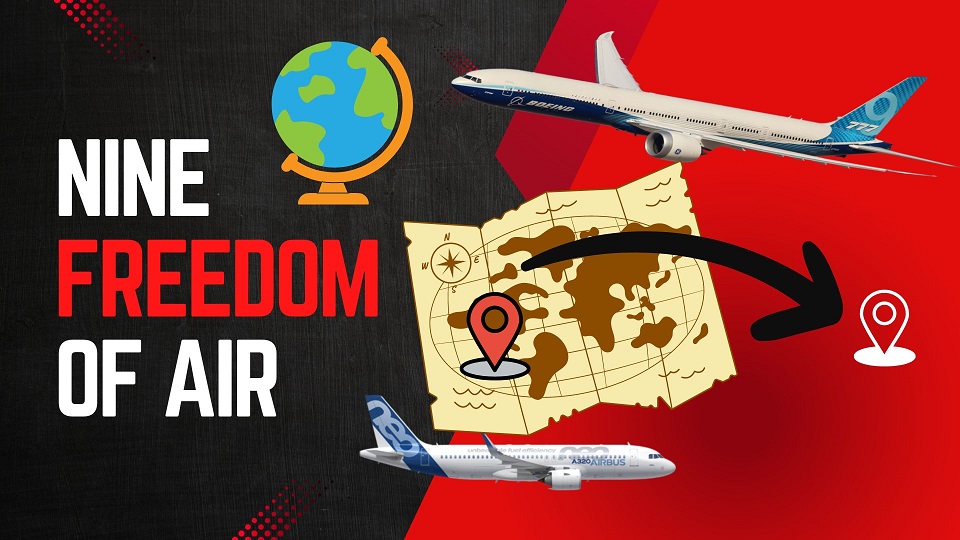
Most of us travel from one city to another city via road we need to get permission to that specific city if it is in another country like a visa or Road access permission to use its property for revenue purposes to carry passengers and Cargo. Similarly, In the airline Industry, it is also important that the Company have permission to fly and access that country whether it’s for stoppage flying above them, or Operating the passengers within that country This is called Freedom of the Air.
Some countries together they agree with certain conditions to access their Aerospace for to access for the airline to travel above their nation. If the bilateral is done for Their own countries’ airlines or other countries’ airlines. In this chapter, we understand how this thing is carried out. What all the condition has to look into that.
The Freedoms of the Air are international commercial aviation agreements (traffic rights) that grant a country’s airline(s) the privilege to enter and land in another country’s airspace. They were formulated in 1944 at an international gathering held in Chicago (known as the Chicago Convention) to establish uniformity in world air commerce. There are generally considered to be nine freedoms of the air.
Most nations of the world exchange first and second freedoms through the International Air Services Transit Agreement. The other freedoms,chase freedom airline miles when available, are usually established between countries in bilateral or multilateral air services agreements. The third and fourth freedoms are always granted together. The eighth and ninth freedoms (cabotage) have been exchanged only in limited instances
First Freedom:
The basic permission granted to an airline from one country (A) to fly through the airspace of another country (B)
Second Freedom:
The permission for a commercial airplane from country (A) to land and refuel (often called a technical stop) in another country (B).
Third Freedom :
The privilege for an airline to transport paying (Revenue) passengers from its home country (A) to another country (B).
Fourth Freedom
The rights for an airline to transport paying (Revenue )passengers from another country (B) to the airline’s home country (A).
Fifth Freedom
Fifth Freedom (also known as beyond rights): The rights for an airline to transport passengers from its home country (A) to a destination (B), then pick up and carry passengers to other international destinations (C).
Sixth Freedom:
Sixth Freedom (Combination of Third & Fourth Freedoms) The right for an airline to carry passengers or cargo between two foreign countries (B and C), provided the aircraft touches down in the airline’s home country (A).
Seventh Freedom:
The authorization for an airline to operate flights that start in a foreign country (B), skip its home country (A), and transport passengers to another international destination (C).
Eighth Freedom Air
The rights for an airline to transport passengers from one location within a country’s territory (B) to another point within the same country on a flight originating in the airline’s home country (A). This right is commonly referred to as cabotage and is notably scarce outside of Europe.
Ninth Freedom Air
The entitlement for an airline from a specific country (A) to begin a flight in a foreign country (B) and transport passengers from one location to another within that foreign country. This concept, also referred to as stand-alone cabotage, distinguishes itself from the traditional aviation definition of cabotage by not directly involving the airline’s home country.
Aviation
Air India’s B747 Makes Its Final Journey, Waving Farewell to Fans

In a poignant moment marking the end of an era in aviation history, Air India’s iconic Boeing 747 aircraft, affectionately known as the ‘Queen of the Skies,’ embarked on its ultimate journey from Mumbai’s international airport.
The departure, bound for Plainfield, USA, where it will undergo dismantling and part-stripping under the ownership of American AerSale, signals the closure of a storied chapter for the airline.
Once revered for transporting dignitaries ranging from prime ministers to presidents, the Boeing 747 has etched itself into aviation lore. Yet, as airlines worldwide pivot towards more contemporary and cost-effective aircraft, Air India’s decision to bid farewell to its remaining Boeing 747s reflects the pragmatic realities of today’s aviation landscape.
The sale of these majestic planes to AerSale represents a strategic move by Tata Group, Air India’s new custodian, towards optimizing operational efficiency and embracing modern industry standards. Out of the four aircraft sold, two will be repurposed into freighters, while the remaining pair will be meticulously disassembled to salvage valuable components.
The final flight from Mumbai witnessed a touching tribute as pilots performed a traditional ‘Wing Wave,’ symbolizing the conclusion of the Boeing 747‘s distinguished service with Air India. This poignant gesture encapsulates the deep sentiment attached to the aircraft’s departure and its significant contribution to the airline’s legacy.
As the Boeing 747 embarks on its journey to Plainfield, USA, nostalgia permeates the air, evoking memories of its maiden flight on March 22, 1971. Over five decades, Air India operated a total of 25 Boeing 747s, each leaving an indelible mark on the annals of aviation history.

